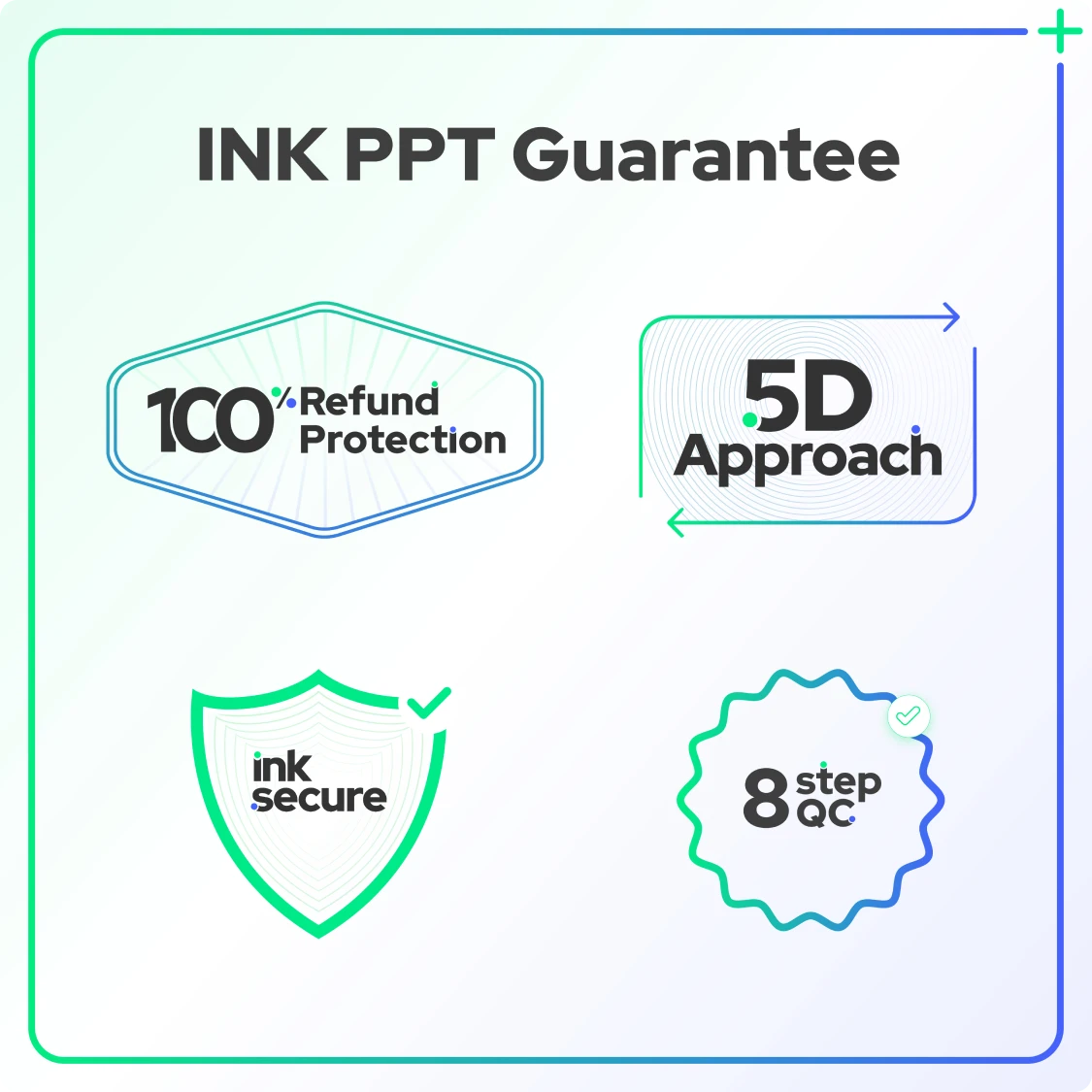Contact Us
Let’s Partner for Your Next Big Presentation
Consult with our Business Advisor


When it comes to securing sponsorship for an event or project, one of the key elements to success is understanding the sponsor's needs. By truly understanding what a sponsor is looking for and tailoring your proposal accordingly, you can increase your chances of securing the sponsorship you need. In this blog post, we'll take a closer look at the importance of research in understanding the sponsor's goals, target audience, and pain points, and explore ways to tailor your proposal to their specific needs and wants. We'll also offer tips for presenting the benefits of your proposal in a compelling and persuasive way, and share strategies for making your proposal visually appealing and engaging.
The initial step in securing sponsorship is to know the sponsor's needs. This means doing deep research about the sponsor's business, goals, target audience, and pain points. By understanding these key elements, you'll be able to create a proposal that is tailored to their specific needs and wants.
One of the most important things to understand about a sponsor is their business.
By understanding these key elements, you'll be able to create a proposal that aligns with their business goals and objectives.
In addition to understanding the sponsor's business, it's also important to understand their target audience. Ask the following questions:
Finally, it's important to understand the sponsor's pain points. What are the challenges they are facing as a business? How can your event or project help to address those challenges? By understanding the sponsor's pain points, you'll be able to create a proposal that offers solutions to their specific problems.
Once you have a good understanding of the sponsor's needs, it's time to tailor your proposal to their specific wants and needs. This means customizing your proposal to align with their business goals, target audience, and pain points.
One way to tailor your proposal to the sponsor's needs is to use language and messaging that aligns with their brand. For instance, if the sponsor is an environmentally-friendly company, make sure to highlight the eco-friendly aspect of your event or project in your proposal.
Another way to tailor your proposal to the sponsor's needs is to include specific statistics or data that demonstrate how your event or project will help to achieve their business goals.
For example, if the sponsor is looking to increase brand awareness, include data on the number of attendees or social media reach that your event or project is expected to generate. Use specific, quantifiable data to demonstrate the value of the sponsorship. If you're proposing a sponsorship for a sports team, you might include statistics on the team's fan base or attendance at games.

Once you have tailored your proposal to the sponsor's needs, it's important to present the benefits of your event or project in a compelling and persuasive way. Here are a few tips to make your proposal stand out:
A great way to stand out is to use storytelling to illustrate the impact your event or project will have. By using real-life examples and anecdotes, you can help the sponsor imagine how their investment can make an impact.
It's also important to make your proposal visually appealing and engaging. One way to do this is to use images and videos to illustrate your event or project.
Use images, videos, and other multimedia to bring your proposal to life and make it more engaging. For example, include a video of a past event that was sponsored by a similar company to give the sponsor a sense of what their partnership might look like. The idea is to make them visualize the collaboration and let them see how that feels.
Tailor your proposal to the sponsor's specific needs and goals. Show them how partnering with your organization can help them achieve their marketing and branding objectives. Revise your proposal after you’ve prepared it and cut out generic content. Just ask, what’s in it for them? If you don’t have an answer, delete it.
Highlight the unique opportunities that your organization can offer, such as exclusive access to VIP events or special branding opportunities.

Use testimonials from past sponsors to build credibility and show that other companies have had success partnering with your organization.
By following these tips and using multimedia effectively, you can create a compelling and persuasive sponsorship proposal that will help you secure the partnerships you need to achieve your goals.
In conclusion, crafting a sponsorship proposal is not easy. It requires a lot of planning and research. However, by highlighting the specific benefits that a sponsor can expect to receive, using multimedia to make your proposal compelling, and tailoring your proposal to the sponsor's needs, you can create a proposal that is both persuasive and impactful.
In case you need help with crafting sponsorship proposals, INK PPT is your best friend. Just leave us a message and our team will get back to you.
Consult with our Business Advisor
